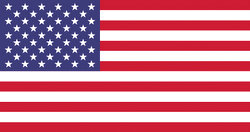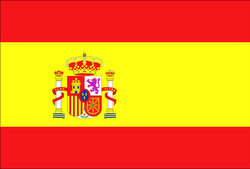 Researchers in Spain have concluded a large study which shows that the traditional acupuncturist’s technique of using moxa to turn a breech baby, is both safe and effective. (This is the burning of a stick of dried herb over a specific acupuncture point, in order to warm and stimulate the area.)
Researchers in Spain have concluded a large study which shows that the traditional acupuncturist’s technique of using moxa to turn a breech baby, is both safe and effective. (This is the burning of a stick of dried herb over a specific acupuncture point, in order to warm and stimulate the area.)
In a multi-centre, randomised, controlled trial, 406 low-risk pregnant women with a baby diagnosed by hospital ultrasound at 32 weeks as breech presentation, were assigned to one of three groups: moxibustion at the traditional point on the little toe, plus usual care; moxibustion at a sham point on the big toe, plus usual care; just usual care alone. The women were gathered from 58 local health centres across one region, and after instruction, were treated at home by a family member. Treatment with moxa was given for twenty minutes per day for two weeks; treatment was suspended and the patient’s midwife contacted, if she felt the baby had moved significantly. The treatment was found very acceptable, with only 4.2% of patients declining to take part.
In the group which received traditional moxibustion, 58% of the full-term presentations were cephalic (normal, head-down position for delivery), compared to 43% in the sham group, and 45% in the usual care group. No severe adverse effects were observed. The authors conclude that moxibustion is effective and safe to correct non-vertex presentation when used between 32 and 34?weeks of gestation. It is well-accepted by women and the straightforward nature of the procedure means it can be easily applied at home. Moxibustion therefore represents a treatment option that should be considered to achieve version of the non-vertex fetus.
(Using Moxibustion in Primary Healthcare to Correct Non-Vertex Presentation: A Multicentre Randomised Controlled Trial. Acupuncture in Medicine, on-line 18 December 2012.)
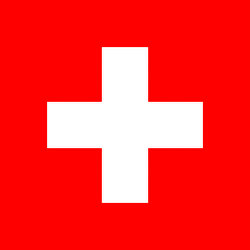

 Researchers in Spain have concluded a large study which shows that the traditional acupuncturist’s technique of using moxa to turn a breech baby, is both safe and effective. (This is the burning of a stick of dried herb over a specific acupuncture point, in order to warm and stimulate the area.)
Researchers in Spain have concluded a large study which shows that the traditional acupuncturist’s technique of using moxa to turn a breech baby, is both safe and effective. (This is the burning of a stick of dried herb over a specific acupuncture point, in order to warm and stimulate the area.)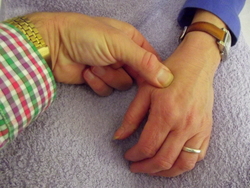
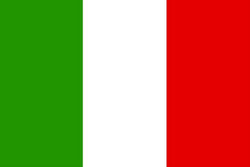 The results of a pilot study by Italian researchers on acupuncture and breastfeeding, suggest that it can support women in maintaining breastfeeding for longer. Ninety women were randomly allocated to receive either acupuncture or simple observation. The acupuncture group received treatment twice a week for three weeks. The observation group made weekly visits to the clinic for a midwife to observe breastfeeding and give routine care.
The results of a pilot study by Italian researchers on acupuncture and breastfeeding, suggest that it can support women in maintaining breastfeeding for longer. Ninety women were randomly allocated to receive either acupuncture or simple observation. The acupuncture group received treatment twice a week for three weeks. The observation group made weekly visits to the clinic for a midwife to observe breastfeeding and give routine care. 